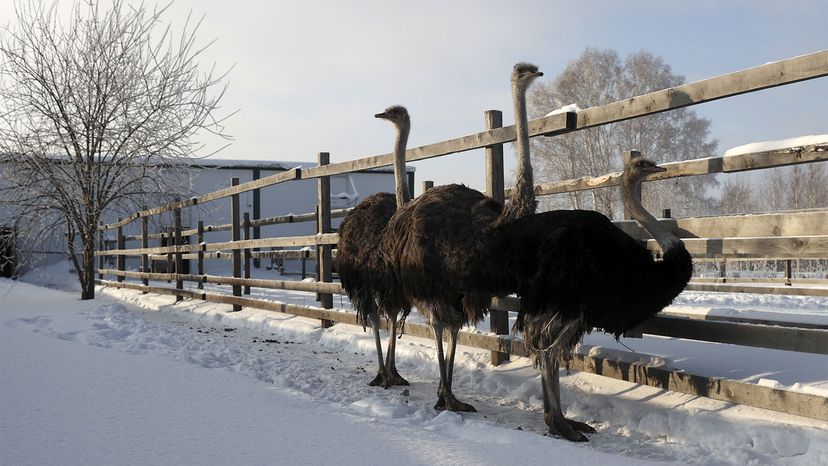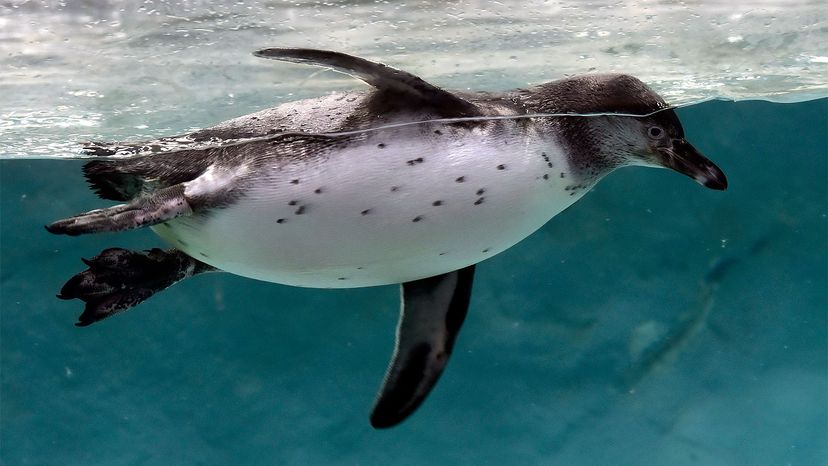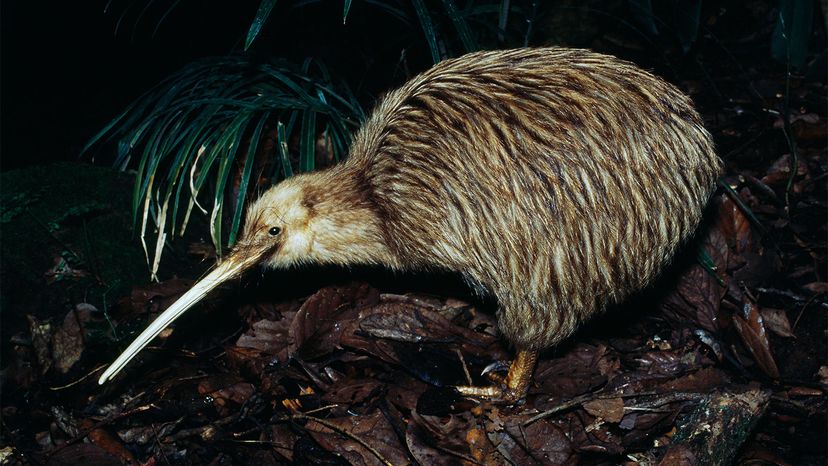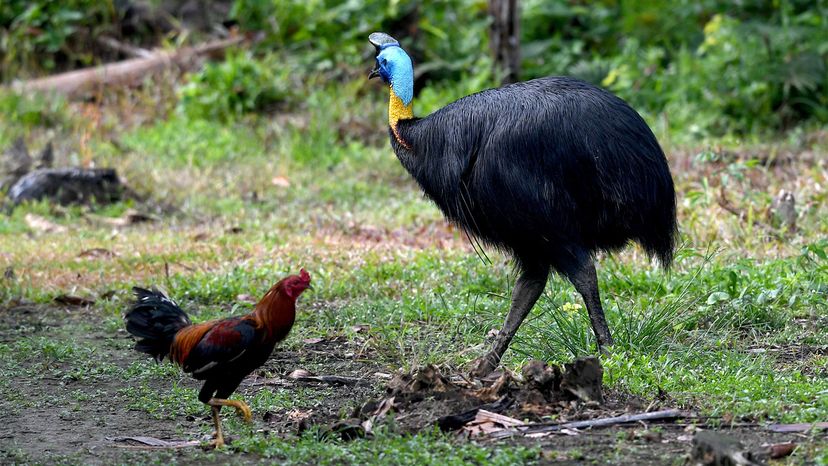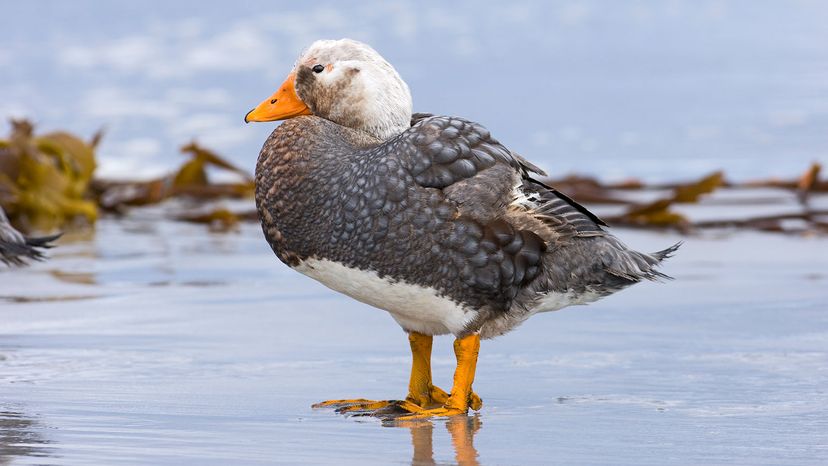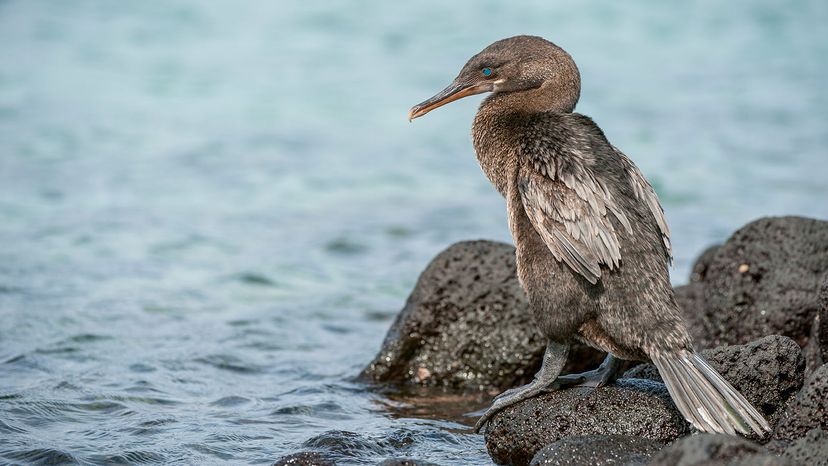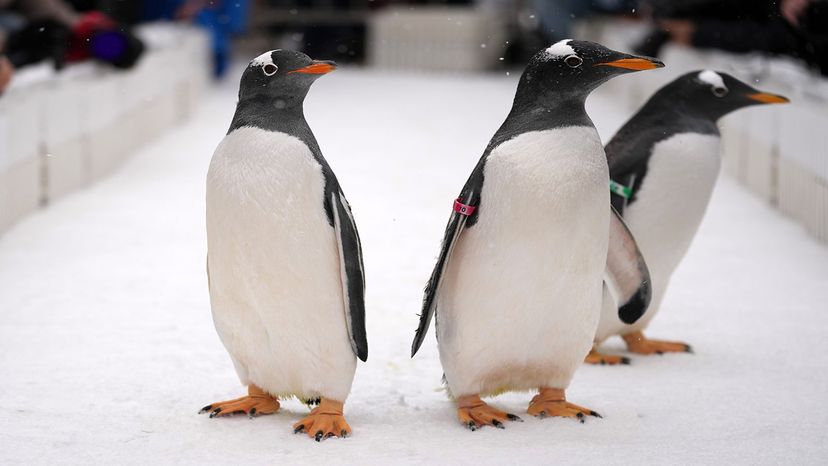
Ask most people what they'd want their superpower to be, and many would say they'd want to fly like a bird. But do the birds that can't fly wish that they too had the superpower to take to the skies? While we can't possibly know what's in those little bird brains of theirs, the surprisingly large number of birds that can't fly are likely quite content given that they've evolved to protect and feed themselves without the need for flight.
Roger J. Lederer, expert ornithologist, Professor Emeritus at California State University, Chico, and author of various books about birds, shares in an email interview, "There are 126 species of birds that have lost the ability to fly. In most cases they are island dwelling birds on an island with few or no large predators, so they save energy by not flying. Or they are big birds that can protect themselves." He also says that a few species of ducks live in fast flowing waters that deter predators while others are nocturnal to keep themselves safe.
Advertisement
How did they lose the ability to fly? For years scientists have debated the cause and examined the genes of various species to understand why. For the ratites, a group of mostly flightless, long-legged birds, the extinction of the dinosaurs changed their course. Scientists have now shown through DNA samples that these birds could at one time fly, but without dinosaurs lurking around, they had their pickings of food, allowing them to grow larger and larger and eventually able to run from predators instead of taking flight.
Other species of birds found themselves in the position of using their wings for better purposes and evolved over time. Lederer explains that some birds, like penguins, use their wings to swim, some use them to remain waterproof, and the largest ones use them for balance and/or display.
Let's take a look at seven birds that can no longer fly:
Advertisement
